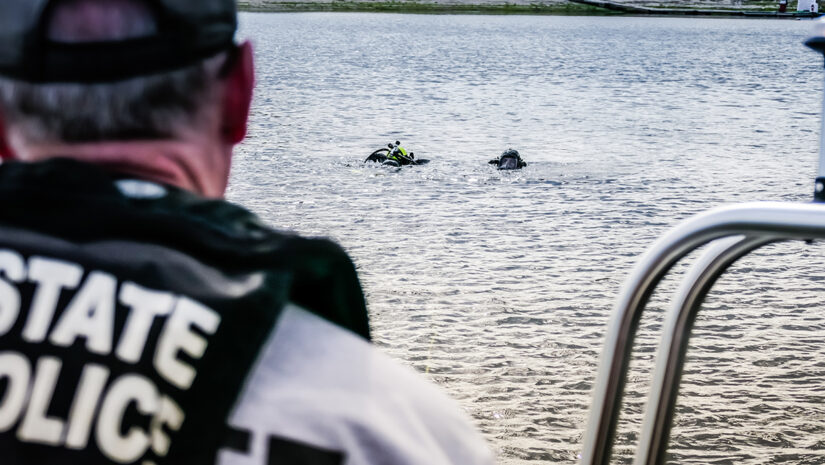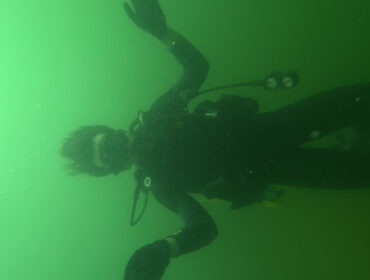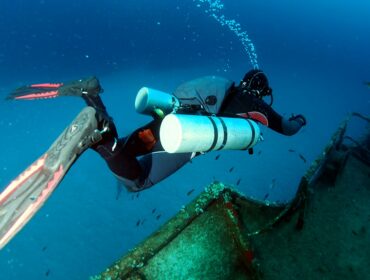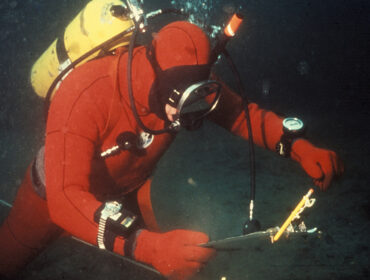For many scuba divers, the journey begins with exploring the underwater world for fun and adventure. But as experience grows, so does the awareness that diving comes with risks, and being prepared to handle emergencies can make all the difference. A rescue diver course is one of the most rewarding and confidence-boosting training programs a diver can take. It teaches valuable skills that not only improve personal safety but also enable divers to assist others in distress. Whether you aim to progress toward professional-level diving or simply want to be a more capable buddy, this course is a game-changer.
Why Take a Rescue Diver Course?

A rescue diver course goes beyond basic diving skills, focusing on accident prevention, problem-solving, and emergency response. It transforms divers from being solely focused on their own experience to becoming more aware of others in the water. Many divers describe it as the most challenging yet fulfilling course they have ever taken because it shifts the mindset from self-reliance to being able to manage stressful situations and assist others effectively.
One of the biggest benefits of the course is the confidence it builds. Divers who complete the training feel ready to handle everything from surface panic to serious emergencies needing quick decisions. It’s an important step for frequent divers, especially in remote spots without immediate help. Many pros, like divemasters and instructors, need rescue certification—making this course vital for turning passion into a career.
How Long Does the Course Take and What’s Involved?
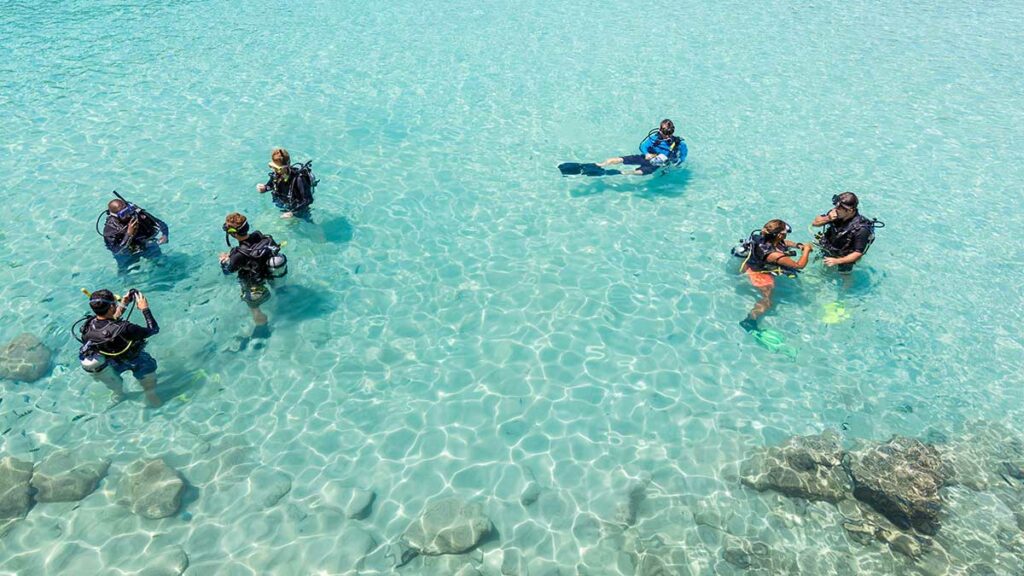
The rescue diver course typically takes two to three days to complete, depending on the location and training schedule. Instructors divide the course into three parts: theory, confined water training, and open water scenarios. Each section builds upon the last, ensuring that divers develop both the knowledge and practical skills necessary to handle emergency situations effectively.
The course begins with a theory portion that gives students a solid foundation in understanding dive emergencies, their causes, and how to prevent them. This includes topics such as stress recognition, out-of-air emergencies, dealing with unconscious divers, and managing dive-related injuries like decompression sickness. Students complete theory sessions either in a classroom setting or through online learning modules, allowing them to study at their own pace before applying what they’ve learned in practical training.
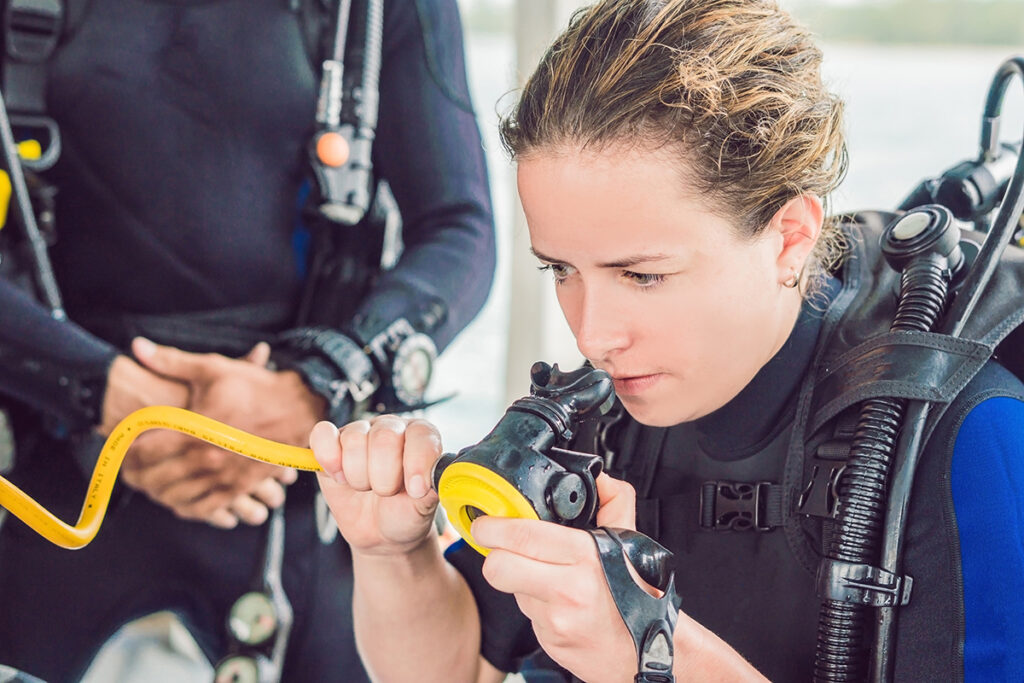
Confined water sessions occur in pools or controlled settings where divers safely practice key rescue techniques step by step. Skills include approaching panicked divers, towing unresponsive ones, and executing effective underwater search patterns. Divers also practice giving rescue breaths and removing equipment while performing in-water rescues. Practicing these skills in a calm environment ensures that divers feel comfortable executing them in real-life scenarios.
Once divers master the confined water skills, they move on to open water training, where they test their abilities in more realistic conditions. Instructors design open water scenarios to simulate actual emergencies, challenging divers to think quickly and respond effectively. These exercises often involve role-playing, with divers taking turns acting as both the rescuer and the distressed diver. Some of the scenarios include searching for a missing diver, rescuing an unconscious diver from the bottom, performing an emergency ascent, and coordinating an emergency response at the surface. This hands-on approach helps reinforce muscle memory and prepares divers for handling real emergencies.
What to Expect During the Course
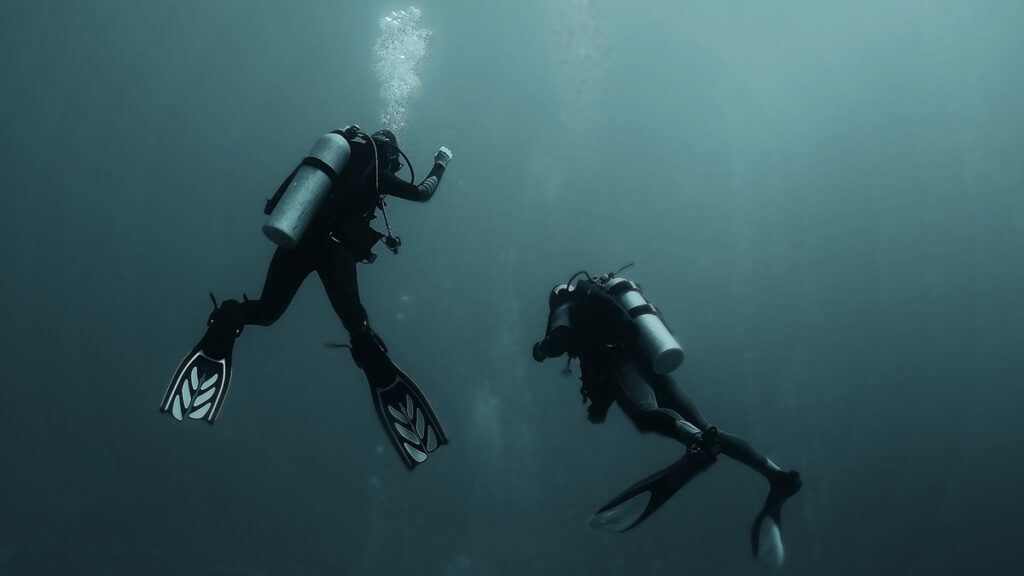
The rescue diver course is physically and mentally demanding, but it is also incredibly rewarding. Expect to be pushed outside of your comfort zone as you deal with stressful and sometimes chaotic training scenarios. You’ll learn to assess situations fast, stay calm under pressure, and apply practiced skills to handle emergencies effectively. The course also emphasizes teamwork, as many rescue situations require cooperation with other divers to ensure a successful outcome.
A key takeaway from the course is that prevention is just as important as response. Recognizing early signs of stress in yourself and others can prevent minor issues from escalating into full-blown emergencies. You’ll become more attuned to the behaviors and body language of fellow divers, allowing you to intervene before problems arise. By the end, you’ll not only know how to respond in crises but also dive more responsibly and attentively.

Completing a rescue diver course is a significant achievement that enhances your skills, confidence, and awareness in the water. Whether continuing your dive education or not, this training makes you a more capable and prepared diver. More importantly, it’s an investment in safety — for you and for every diver you share the water with. By taking this course, you boost your own abilities while helping create a safer, more responsible dive community.

